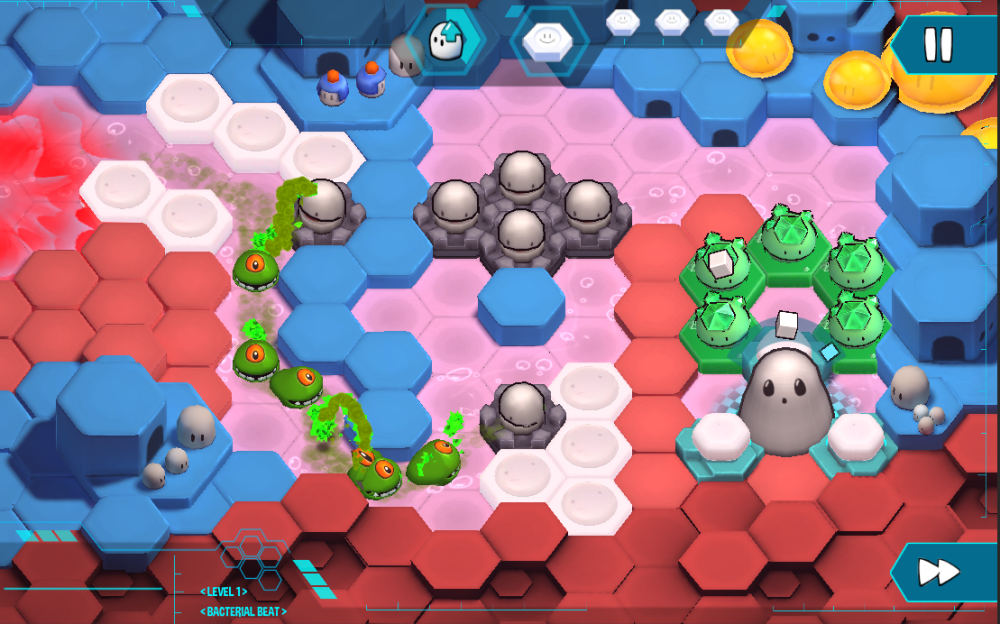Where to start with an educational game?
June 20, 2017

There are many ways to start designing a good game. You may have a cool mechanic, or you can start with an interesting character or backstory. You can even start with a technology - you want to build something especially for smart phones, VR - or Vectrex!
Designing casual games vs. designing learning games
One reason why many design books suggest starting with mechanics is because that is what absolutely needs to work in order to make the game fun. If your controls are bad, the behavioral rules are hard to remember or the levels 10 to 100 don’t bring anything new to the experience, the great story or best graphics won’t fix it. An unique and fun mechanic is a foundation everything else should be build upon.
However, I claim that with educational products this is not true. Our company (Education Alliance Finland) is spezialised in EdTech efficacy research as we evaluate and certify education products. In our EdTech evaluation work, too often we come across learning games and applications, which can be fun, but the educational content is included after the game has been designed. There are fact pop-ups delivered between playing, or the game assets are skinned to match the content topic, or the player gets quizzed about something they can’t possibly know unless they have learned it before playing the game. These products can hardly be categorised as EdTech (educational technology).
Learning goals at the core of educational game design
When doing something educational, the thing to start with is your learning goals. What is it exactly that you want to teach? As in many other forms of art, what you want to tell should define, how you tell it. As a rule of thumb, the thing you want to teach should be something the player actively interacts within the game. If you want to teach basic counting, make the player tap things one by one. If it’s physics, let them build moving things or draw power vectors. Or organize planets on space.
It can even be something as complex as cell biology, as our Finnish friends creating Antidote has shown us. Just by playing the game it is possible to gain knowledge about several things. Your body is made of cells. Some of them are called stem cells, and they are important. There are also plenty of other cells, which defend the body against bacteria and viruses. All this is shown with a mechanic, where the player places different kinds cell units to keep the nasty bugs from reaching the stem cell.
It might seem like an impossible task to include absolutely everything you want to teach to your game mechanics. When there’s lots of information that needs to be delivered, the easiest thing could be letting the player to read it or make them watch a video. Yet again, the player needs to have a reason for reading - can they use the new knowledge in the game to play it better? Often the most reasonable thing to do is to look at your learning goals again. What is your focus? Can you pick one or two main goals and ditch something else, which just makes the game unnecessarily complex? If you can teach one thing well, the next steps are easier to take.
by Saila Juuti
Head of UX at Education Alliance Finland (formerly Kokoa Standard)
Originally published August 28, 2017
